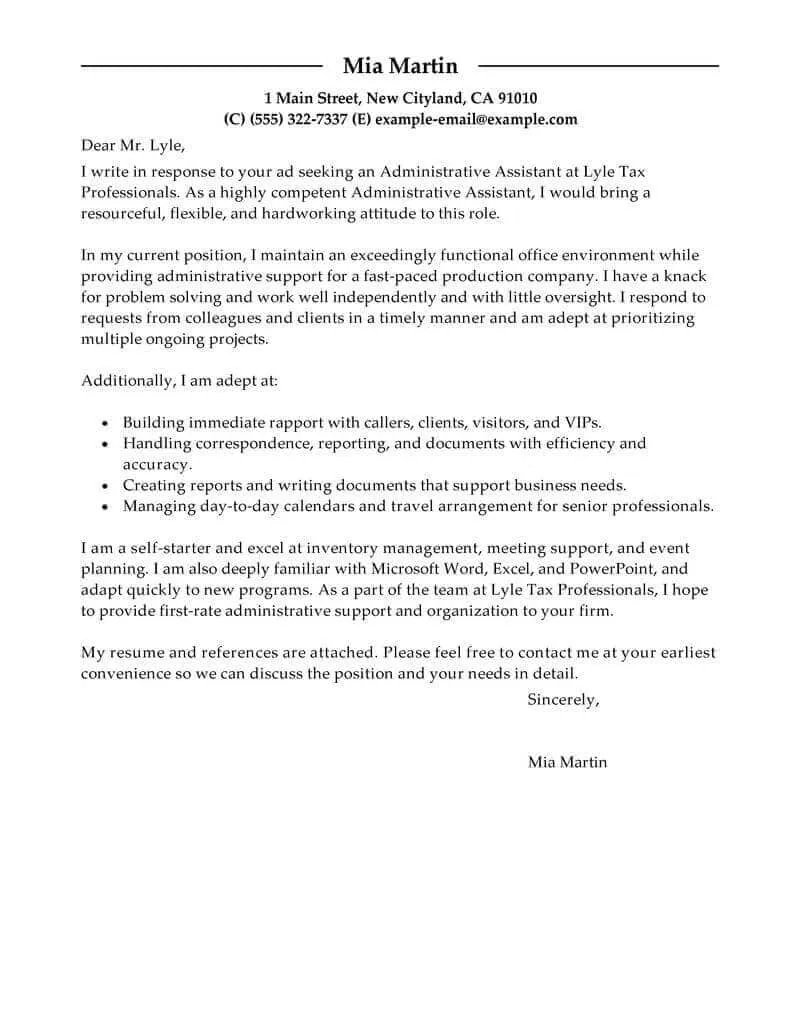Cover Letter Basics Why You Need One
A cover letter is an essential part of your job application package, and it serves as your first impression on a potential employer. While your resume provides a snapshot of your skills and experience, a cover letter allows you to elaborate, personalize your application, and demonstrate your genuine interest in the specific role and company. Think of it as your opportunity to make a compelling case for why you are the ideal candidate. The cover letter helps you stand out from other applicants by showcasing your personality, communication skills, and unique qualifications. Many employers consider a cover letter a mandatory part of the application process, and failing to include one can be a significant oversight. A well-written cover letter demonstrates your attention to detail, your ability to communicate effectively, and your proactive approach to securing a job.
Understanding the Purpose of a Cover Letter
The primary purpose of a cover letter is to introduce yourself to the hiring manager and express your interest in the specific job opening. It allows you to connect your skills and experiences to the job requirements, highlighting the value you can bring to the company. A cover letter also provides a platform to explain any gaps in your resume or address any specific concerns that the employer may have. It’s a chance to tell a story that isn’t possible within the constraints of a resume. It’s not just a summary of your resume; it’s a narrative that emphasizes your accomplishments and how they align with the company’s needs. The goal is to get the reader excited about your candidacy and convince them to invite you for an interview. By crafting a compelling cover letter, you increase your chances of securing an interview and ultimately landing your dream job.
Key Components of a Cover Letter
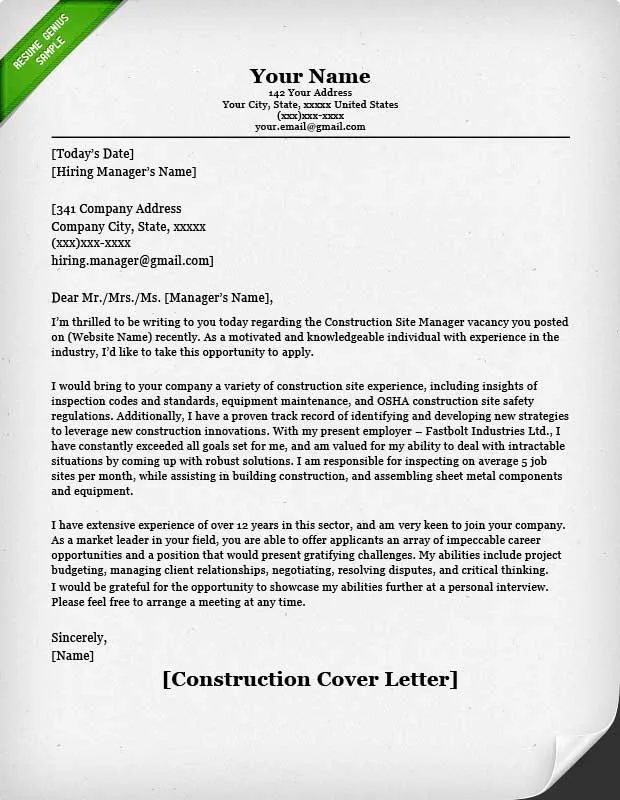
A well-structured cover letter typically includes several key components, each playing a vital role in conveying your qualifications and enthusiasm. These components work together to create a cohesive and persuasive document that captures the hiring manager’s attention. The following sections outline the essential elements and how to structure them effectively.
Header Your Contact Information
The header of your cover letter should include your full name, contact information (phone number and email address), and optionally, your LinkedIn profile URL. Ensure the information is accurate and professional. The header serves as a quick reference for the hiring manager to reach you. Use a clean, easily readable font and format this section consistently with your resume. The information should align perfectly with your resume’s header. It’s a crucial first impression and should reflect professionalism and attention to detail. Make sure your contact information is current, and your email address is professional-sounding.
Salutation Addressing the Hiring Manager
The salutation is your initial greeting to the hiring manager, and it sets the tone for the rest of the letter. Aim to address the specific person whenever possible, such as “Dear Mr./Ms. [Last Name].” Research the hiring manager’s name on LinkedIn or the company website. If you can’t find a specific name, use a general greeting like “Dear Hiring Manager” or “Dear [Department Name] Team.” Avoid generic salutations like “To Whom It May Concern,” which can make your letter appear impersonal. Proper addressing demonstrates your initiative and attention to detail. Using the correct name shows you have taken the time to personalize your application, making a positive impression. Researching the name shows you are proactive.
Body Paragraph 1 Opening Statement
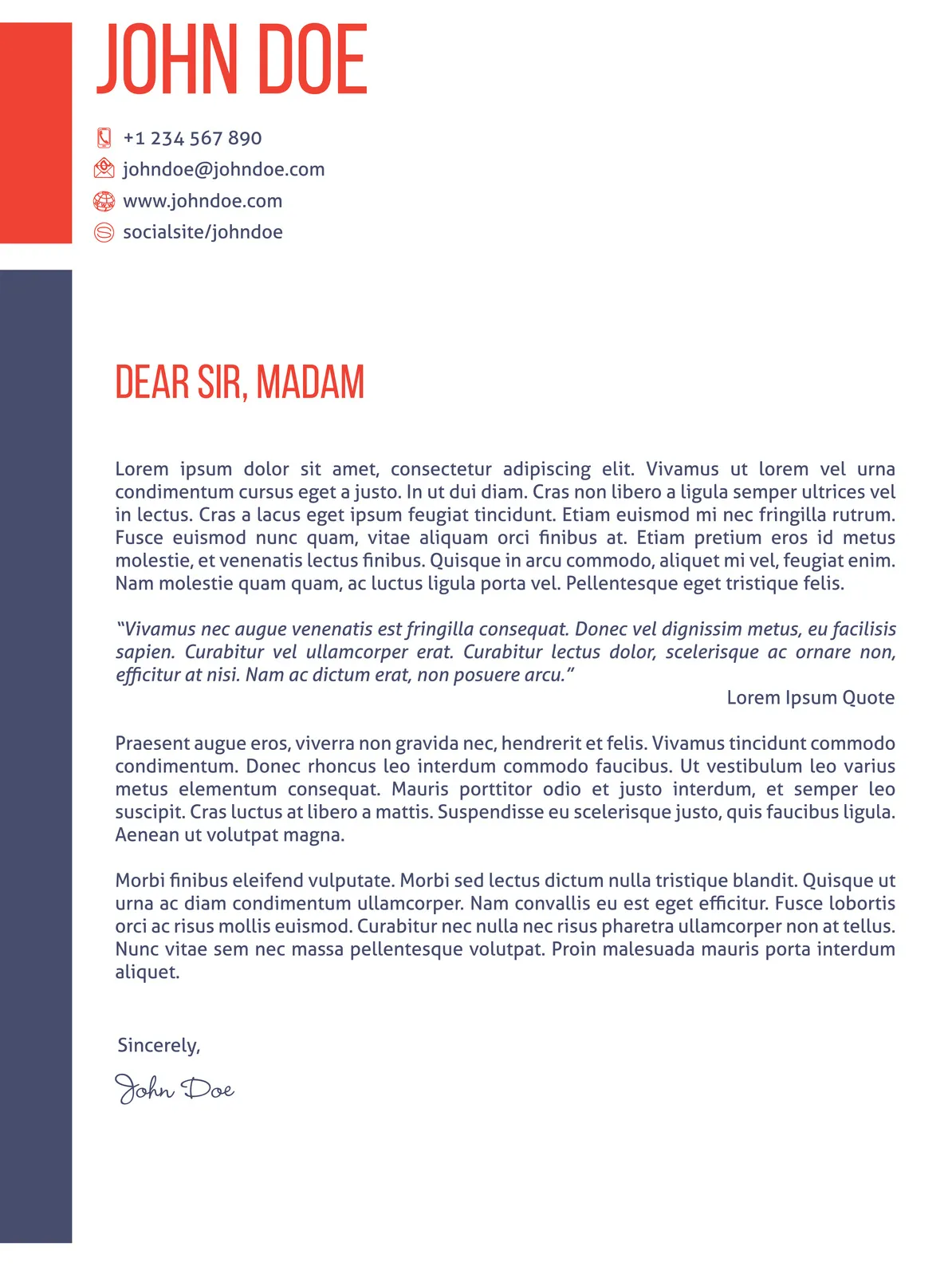
The opening paragraph is your opportunity to grab the hiring manager’s attention and state your purpose for writing. Clearly mention the specific job you are applying for and where you found the job posting. Express your strong interest in the position and the company. Briefly highlight one or two key qualifications that make you a great fit. Consider using a compelling statement that demonstrates your enthusiasm and understanding of the role. Make sure your opening statement is concise and directly addresses the job requirements. This paragraph should capture the reader’s interest and encourage them to continue reading, setting a positive tone and showcasing your motivation to join the company. Keep it brief but impactful to make a strong initial impression.
Body Paragraph 2 Highlighting Your Skills
In this paragraph, demonstrate how your skills and experiences align with the job requirements. Review the job description carefully and identify the key skills and qualifications the employer is seeking. Provide specific examples from your past experiences that showcase your abilities. Quantify your achievements whenever possible, using numbers and data to illustrate your impact. Focus on the skills that directly relate to the role, ensuring your letter is relevant. Use action verbs to describe your accomplishments, making your writing more dynamic and engaging. This section should provide a clear picture of your capabilities, illustrating how you can contribute to the company’s success. Avoid generic statements; instead, show how your skills and experiences make you the ideal candidate. This is where you show your value.
Body Paragraph 3 Showcasing Your Experience
Expand on your experiences and provide more detail. Use the STAR method (Situation, Task, Action, Result) to describe your accomplishments. Briefly explain the situation, the tasks you undertook, the actions you took, and the results you achieved. This method helps you provide concrete examples that showcase your ability to handle different situations. Tailor your examples to align with the job description, highlighting relevant experiences. Focus on achievements that demonstrate your ability to perform the job responsibilities effectively. Use this section to give the hiring manager a deeper understanding of your past performance and how it relates to the role. Show how you have overcome challenges, achieved goals, and delivered results in previous roles. This part should make your application stand out.
Body Paragraph 4 Expressing Enthusiasm
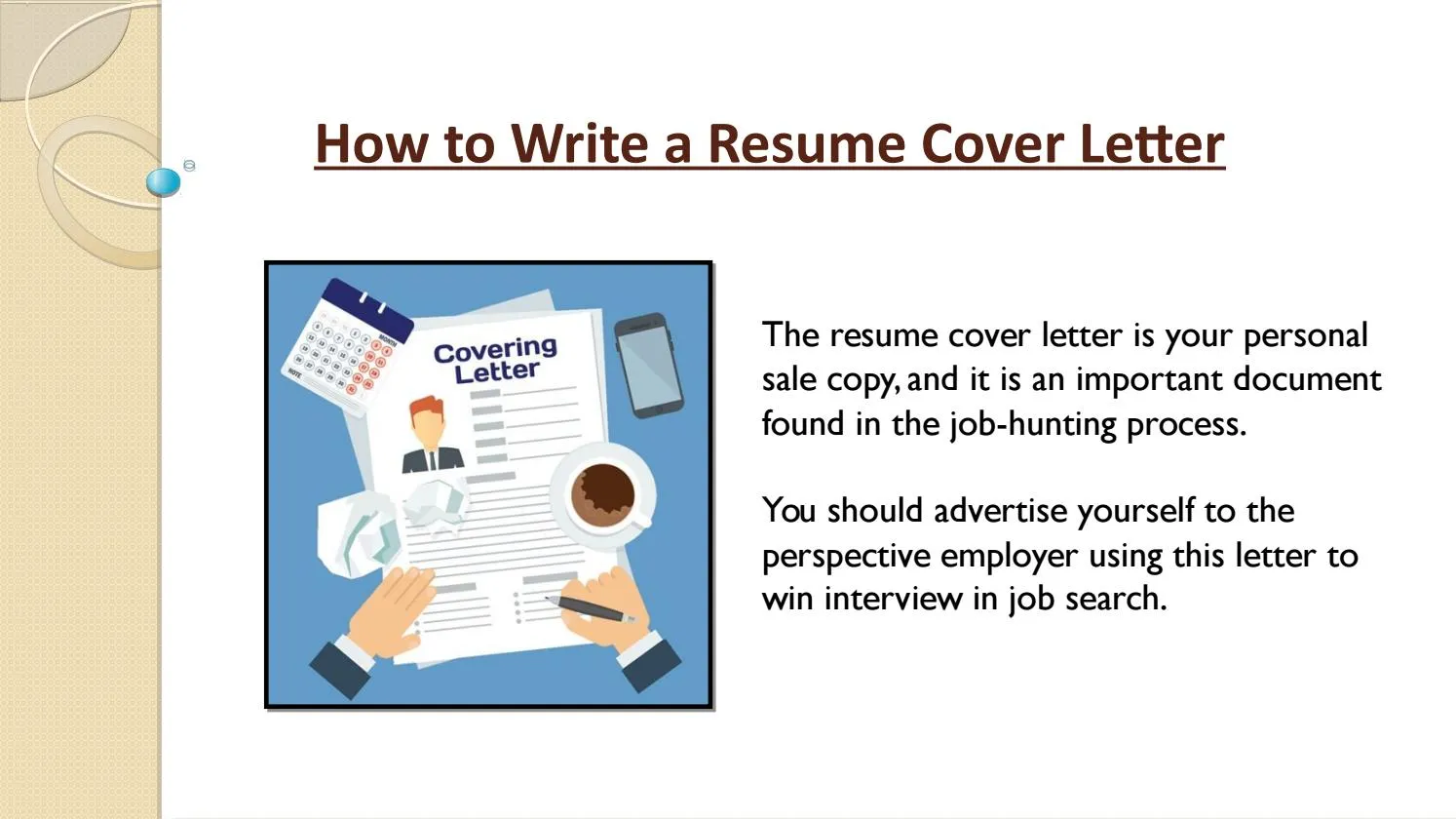
In this paragraph, express your enthusiasm for the opportunity and the company. Show that you have researched the company and understand its mission, values, and recent achievements. Mention something specific that attracts you to the organization or the role. Reiterate your interest in the position and reiterate your qualifications. Demonstrate that you are a good fit for the company culture. Express your excitement about the potential to contribute to the team. This section underscores your genuine interest and makes your application more appealing to the hiring manager. It shows your enthusiasm and shows you are genuinely interested in the opportunity.
Closing Call to Action
Conclude your cover letter with a strong call to action. Thank the hiring manager for their time and consideration. Express your eagerness to discuss your qualifications further. State your availability for an interview and how they can contact you. Include a professional closing, such as “Sincerely” or “Best regards.” The call to action reinforces your interest and encourages the hiring manager to take the next step. This helps to ensure the hiring manager knows your intention to get hired. Ensure a clear and professional closing to leave a positive final impression. This helps the hiring manager to quickly understand your eagerness to get hired.
Formatting Your Cover Letter for Readability
The formatting of your cover letter significantly affects readability and the overall impression you make. Well-formatted cover letters are easier to read, demonstrating your professionalism and attention to detail. Properly formatted documents are more likely to capture the reader’s attention and make it easier for them to absorb the information. Proper formatting will make your letter stand out and ensure you create a positive initial impression. A clean and well-structured letter demonstrates that you are organized and professional, which is valuable in any role.
Font Selection Choosing the Right Typeface
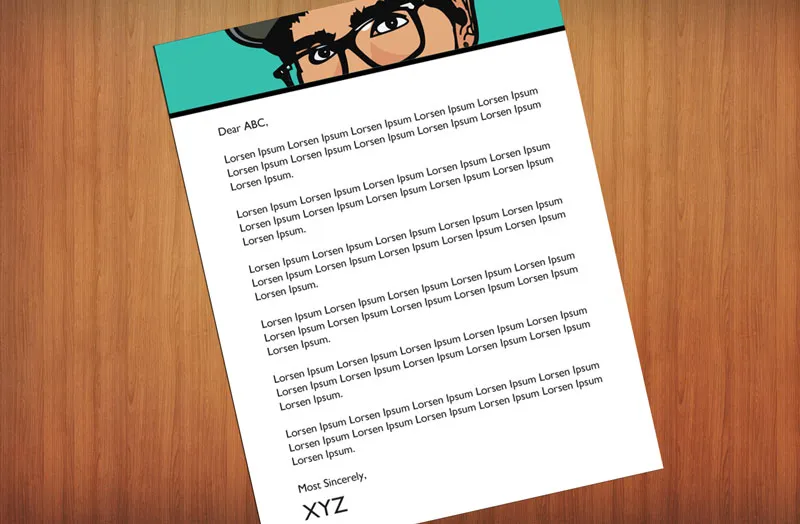
Choose a professional and easy-to-read font such as Times New Roman, Arial, Calibri, or Helvetica. Use a font size between 10 and 12 points for the body text. Ensure consistency throughout the entire document. Avoid using overly decorative or unusual fonts. The goal is to make your letter easy to read and visually appealing. The font should be simple and professional. Use a font size that is easy to read. Your font choice contributes to the overall presentation.
Margins and Spacing Ensuring Professionalism
Set margins to 1 inch on all sides. Use single spacing within paragraphs and double spacing between paragraphs. This spacing creates a clean and organized appearance. Ensure that the text is left-aligned, not justified. Proper margins and spacing enhance readability. Maintaining proper margins and spacing keeps your letter visually appealing. Well-formatted documents look more professional and are easier to read. Adjust the margins if necessary to make the letter fit on a single page. A well-formatted letter shows that you pay attention to detail.
Proofreading Avoiding Common Errors
Thoroughly proofread your cover letter for any grammar, spelling, or punctuation errors. Errors can undermine your credibility and leave a negative impression. Read your cover letter aloud to catch any awkward phrasing or typos. Use a grammar checker and spell checker to identify any mistakes. Have a friend or family member review your letter for feedback. Errors can damage your chances of being hired. A well-proofread document reflects professionalism and attention to detail. Check for consistency in formatting. Ensure correct capitalization and punctuation. Double-check names, dates, and other critical information. Proofreading is a crucial step in the writing process.
Grammar and Spelling Perfecting Your Letter
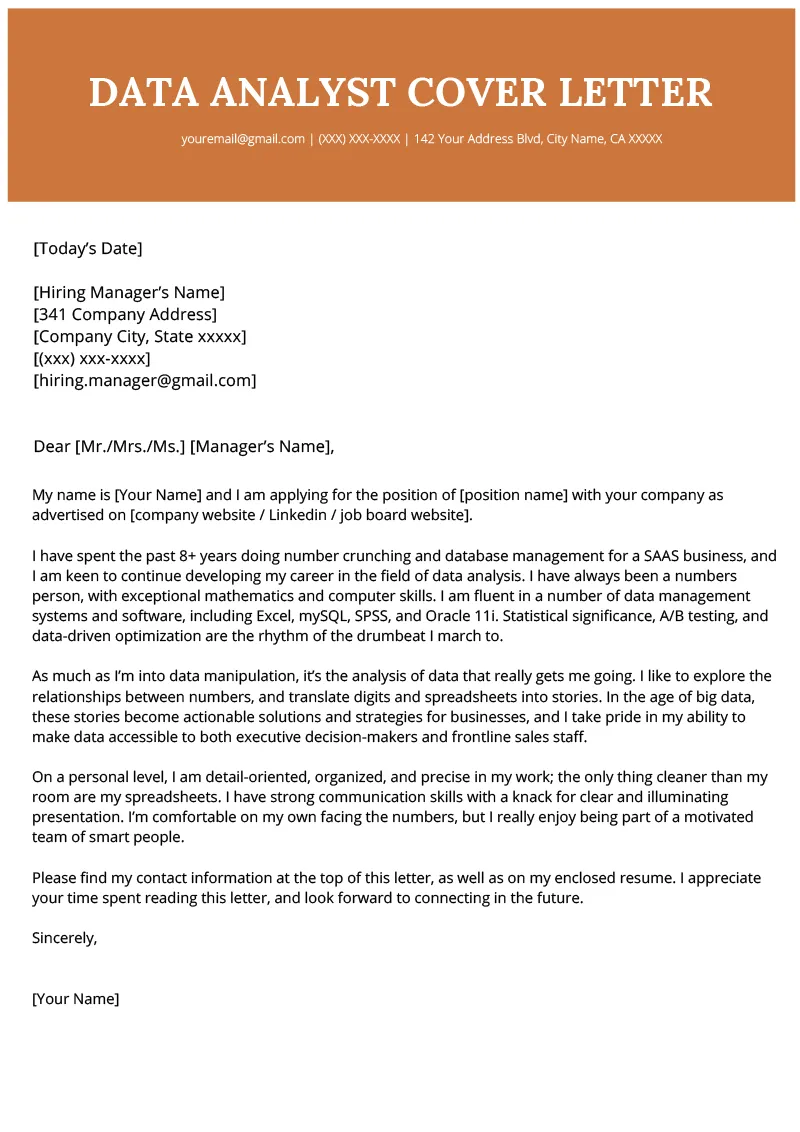
Pay close attention to grammar and spelling throughout your cover letter. Use correct sentence structure, verb tense, and subject-verb agreement. Avoid slang, jargon, and contractions, as these can make your letter appear unprofessional. Check for commonly misspelled words and ensure you use proper punctuation. Use a grammar checker to catch any errors. Ensure you use a professional tone and style. Proper grammar and spelling are crucial for effective communication. Careful attention to detail demonstrates your professionalism. Correct grammar and spelling enhance your credibility. Accurate use of language shows your attention to detail.
Tailoring Your Cover Letter for Each Job
Avoid using a generic cover letter for all job applications. Tailoring your cover letter to each specific job demonstrates your genuine interest and attention to detail. Tailoring shows that you are serious about the opportunity. Each job description is unique, and your cover letter should reflect that. A generic letter may not highlight your relevant skills or demonstrate your understanding of the role. You should be customizing the content for each job opportunity.
Researching the Company Showing Genuine Interest
Thoroughly research the company before writing your cover letter. Visit their website, read news articles, and check their social media profiles. Understand the company’s mission, values, and recent achievements. Identify how your skills and experiences align with their needs. Mention specific company initiatives or projects that interest you. Expressing your genuine interest increases your chances of being noticed by the hiring manager. Showing interest and knowledge makes the hiring manager see your commitment. Research demonstrates your proactive approach. Understanding the company helps you tailor your application effectively.
Using Keywords Matching the Job Description

Carefully review the job description and identify the key skills, qualifications, and keywords the employer is seeking. Incorporate those keywords naturally into your cover letter. Make sure you’re using the same terminology that the employer is. Customize your letter to match these requirements. This helps the applicant tracking systems (ATS) identify your application. Ensure your letter aligns with the job description. Use keywords to make your qualifications obvious. Focusing on keywords improves your chances of getting noticed.
Highlighting Relevant Skills Focusing on Value
Focus on the skills and experiences that are most relevant to the job. Provide specific examples that demonstrate your abilities. Tailor your descriptions to match the job requirements. Quantify your achievements whenever possible, using numbers and data to illustrate your impact. Show how your skills and experiences will benefit the company. Focus on demonstrating value and how you can contribute to the company’s success. This highlights your key skills and makes your application more compelling. This shows how you can add value to the role and the company.
Cover Letter Examples Learning from the Best
Studying examples of well-written cover letters can provide valuable insights into effective writing and formatting techniques. Analyzing successful examples can help you create your own personalized letter. Reviewing diverse examples can inspire ideas and help you avoid common mistakes. Use these examples to shape your approach and build your letter. Analyze the structure, content, and tone of various cover letters. Learn how to adapt different styles to suit your needs. Learn from what works well. Examples can provide a guide to writing a good cover letter.
Example 1 Entry-Level Cover Letter
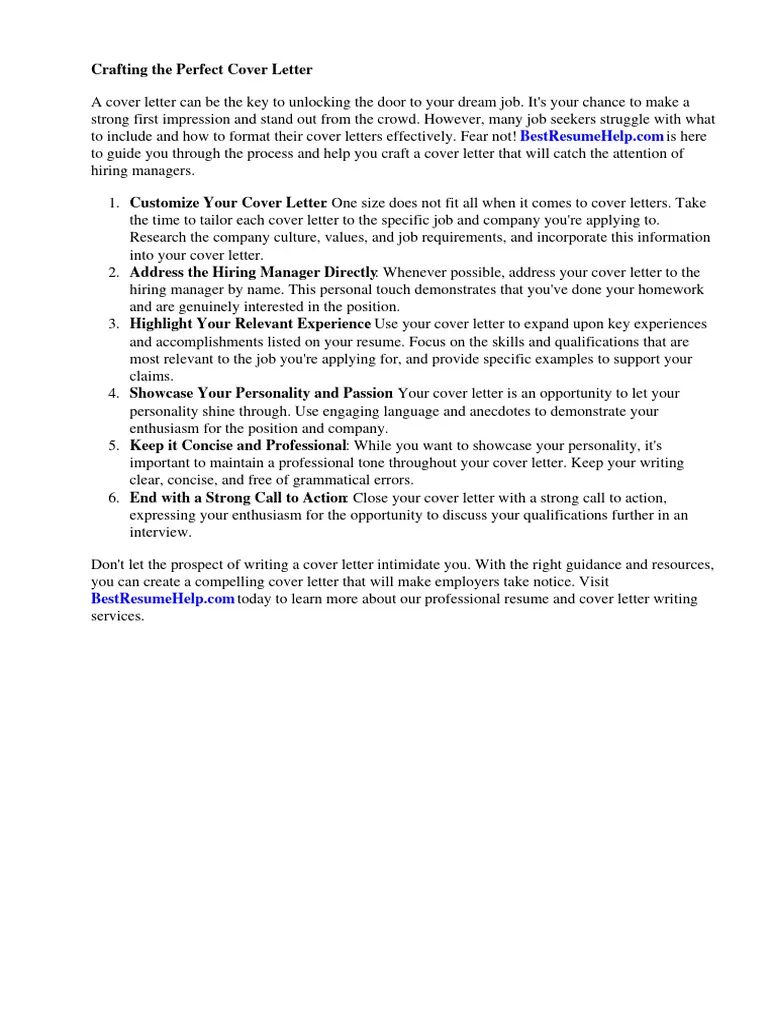
For entry-level positions, focus on your academic achievements, internships, and relevant coursework. Highlight transferable skills like communication, teamwork, and problem-solving. Show your eagerness to learn and grow within the company. Use the STAR method to describe your experiences, even those from school or volunteer work. Emphasize any extracurricular activities or projects that showcase your skills. Adapt the letter to highlight the skills and experiences relevant to the role. Show your enthusiasm and interest in the company. This helps you show you are a good fit for entry-level roles. A good example is vital for getting hired.
Example 2 Experienced Professional Letter
For experienced professionals, focus on your significant achievements, quantifiable results, and leadership skills. Provide details on your past responsibilities and accomplishments. Showcase your expertise in the field and your contributions to previous companies. Use specific examples to illustrate your impact and value. Focus on how your experience aligns with the job requirements. Highlight any awards, certifications, or recognition you have received. Tailor the example to your professional experience. Examples help show what kind of impact you have in your previous positions. Focus on the details to help you be successful.
Example 3 Career Change Cover Letter
If you are changing careers, clearly state your reason for the shift and how your transferable skills apply to the new role. Explain how your past experiences relate to the requirements. Focus on skills and experiences that are applicable to the new industry or position. Emphasize your willingness to learn and adapt. Provide details that demonstrate your understanding of the new field. Use the opportunity to show why you’re passionate about your new career path. Tailor your application to make it relevant to your career change. Your transferable skills are key here. A good example is vital for any career change.
Common Cover Letter Mistakes to Avoid
Avoiding common mistakes is crucial for creating an effective cover letter. Mistakes can undermine your credibility and hurt your chances of getting an interview. It is important to be aware of potential pitfalls to ensure your letter makes a positive impression. This section highlights common errors and provides advice on how to avoid them.
Generic Cover Letters Failing to Personalize
Avoid sending a generic cover letter that could be used for any job. Failing to tailor your letter to the specific role and company demonstrates a lack of interest. Generic cover letters show a lack of effort. The hiring manager will see it as a sign of disinterest. Always research the company and the role. Personalize the letter with specific details. Addressing the hiring manager by name also makes your application stand out. Personalizing increases your chances of being considered. Generic letters should be avoided at all costs. Personalization shows you have paid attention to details.
Repeating Your Resume Duplicating Information
Do not simply repeat information from your resume. Your cover letter should expand on your resume, providing context and additional details. Instead of duplicating information, use the cover letter to highlight specific accomplishments and connect them to the job requirements. Use your letter to showcase your personality and enthusiasm, which can’t easily be conveyed on your resume. Provide additional context to make a more compelling argument. Expand on your experience, showing your value and qualifications. The goal is to provide additional details, not just repeat them.
Using Negative Language Focusing on Weaknesses
Avoid using negative language or focusing on your weaknesses. Focus on your strengths and accomplishments, and reframe any challenges you have faced. Instead of mentioning what you lack, highlight your skills and experiences. Demonstrate your positive attitude. Showcase your enthusiasm and enthusiasm to give the reader a better impression of your qualifications. Focus on how you can contribute to the company. Positive language and attitude show your abilities. Focus on the good and the strengths that you have.
Ignoring Instructions Missing Application Details
Pay close attention to the application instructions, and follow them precisely. Missing required elements or failing to adhere to specific guidelines can lead to automatic rejection. If the job posting asks for a specific format, file name, or submission method, be sure to follow those instructions. Ensure you submit all requested documents, such as a resume and cover letter. Double-check everything before you submit it. Make sure you follow the rules. Always ensure that your application meets the requirements. This will help to ensure that you are considered for the position.
Cover Letter Writing Resources
There are many resources available to help you write a compelling cover letter. Utilizing these resources can improve the quality and effectiveness of your application. This section highlights some helpful resources to help you build a cover letter that increases your chances of getting hired.
Online Templates Leveraging Ready-Made Structures
Use online templates to help structure your cover letter. Numerous websites offer customizable templates for different job types. Use these templates as a starting point to build your letter. Customize the template to reflect your own skills and experiences. Ensure the content is tailored to the job. Be sure that your cover letter meets the specific requirements. You can use the templates to guide you. Templates can help you ensure that you follow the right format.
Professional Review Services Getting Expert Feedback
Consider using professional review services to get expert feedback on your cover letter. Career counselors and resume writing services can provide valuable insights and suggestions. They can review your cover letter for grammar, clarity, and effectiveness. They can provide feedback on your format, content, and overall presentation. Getting a second opinion is always valuable. Use the feedback to refine your letter. This feedback can help you create a letter that has greater impact. Professional advice can help you greatly.
